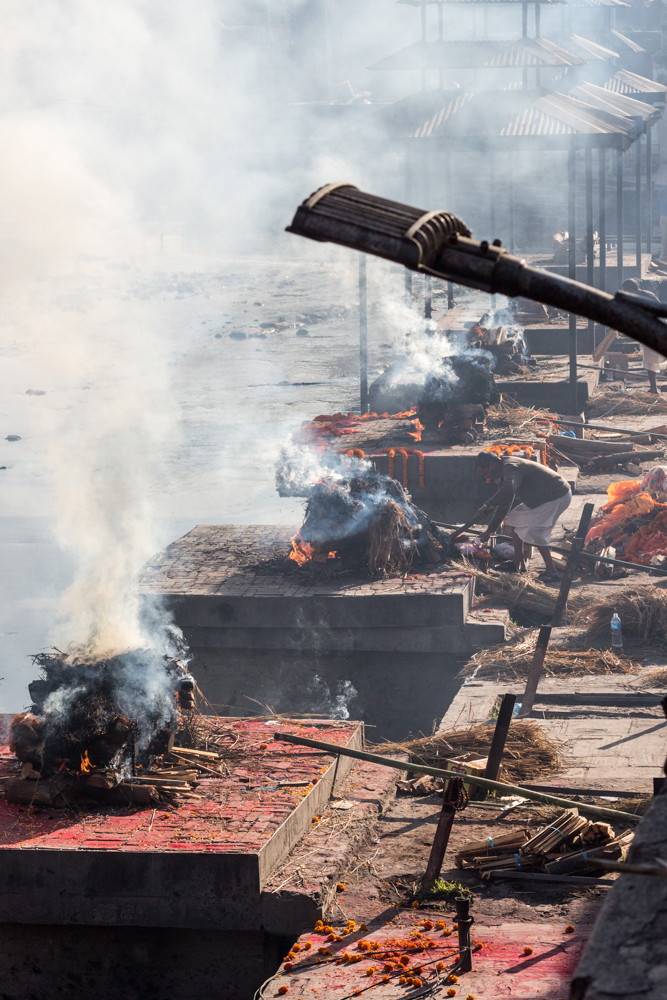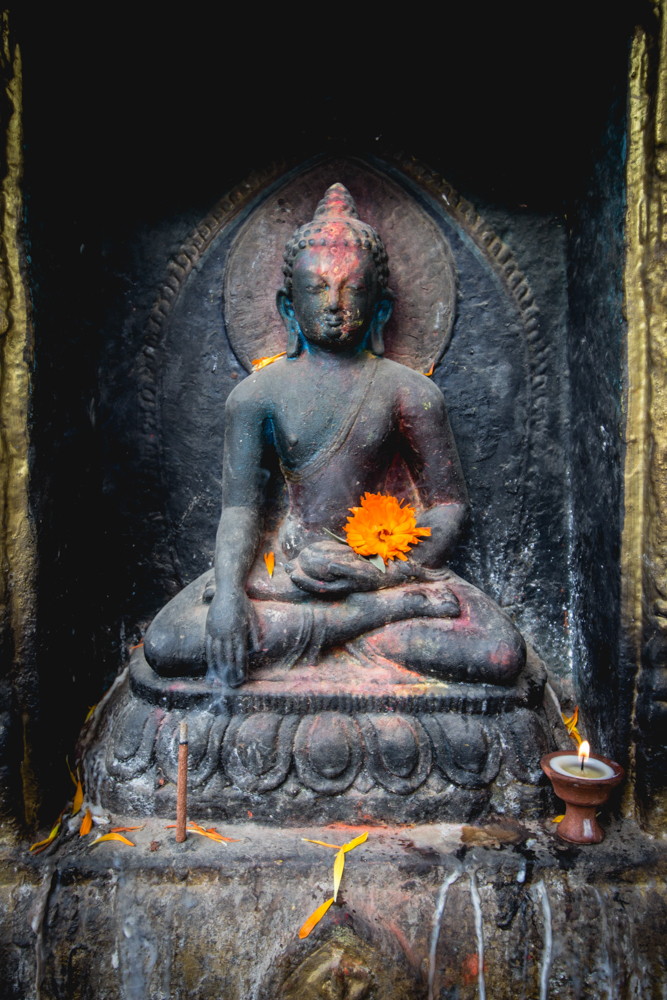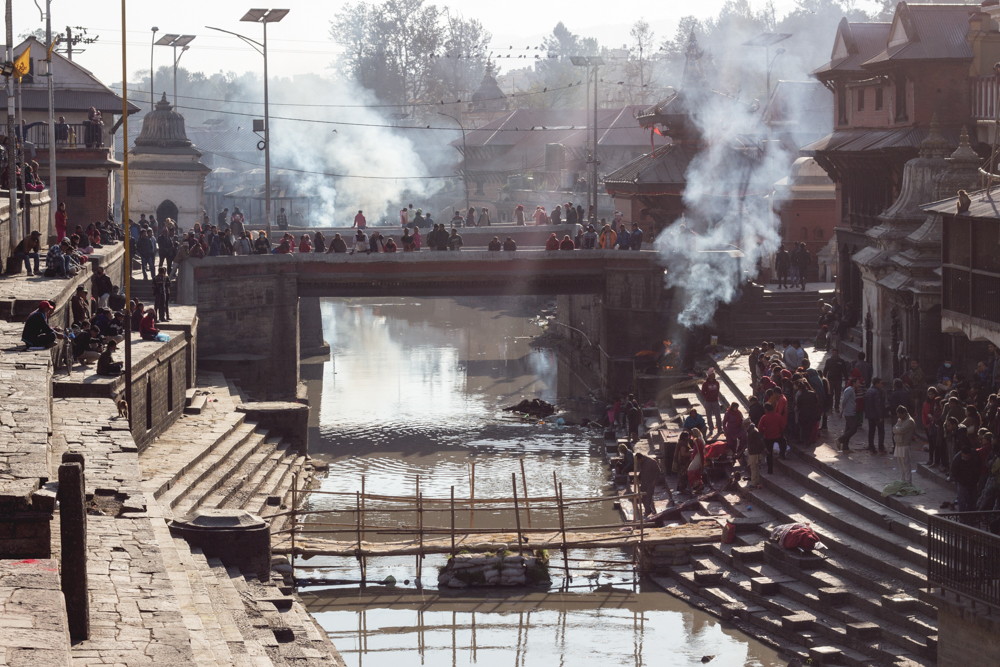Kathmandu. An intracable wave of confusion hits straight after landing. Traffic is all over the place, swirling around in unbound chaos.
No one seems to be playing by any rules, shaqs and shops are plastering the streets in an almost organic manner. And then the noise - an urban cacophony, omnipresent and unavoidable. Welcome to Nepal's frantic capital.
The intensity of my first impression might be explained by the fact that we had just spent 2 weeks hiking in the tranquil Annpurna ranges - landing in Kathmandu was a stark contrast.
Also, there was a strange disconnection going on. I was picking up familiar vibes, albeit unrelated and contradicting. A strange geocultural alloy where the busyness and intensity of Asian cities meet the climate and temperature of the central Andes - all sprinkled with the colors and customs of Hindu culture.

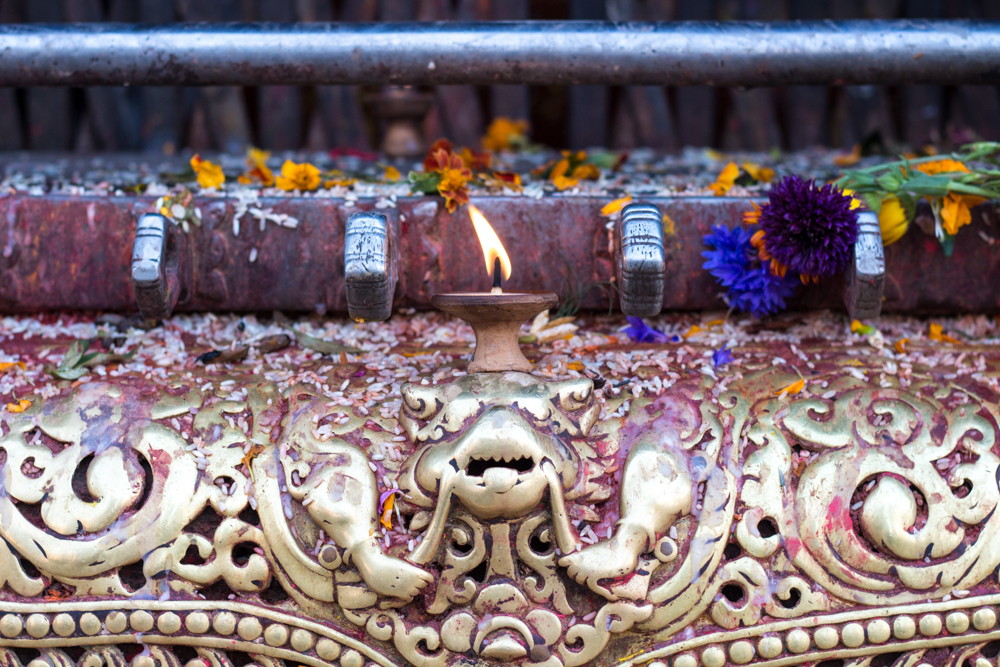
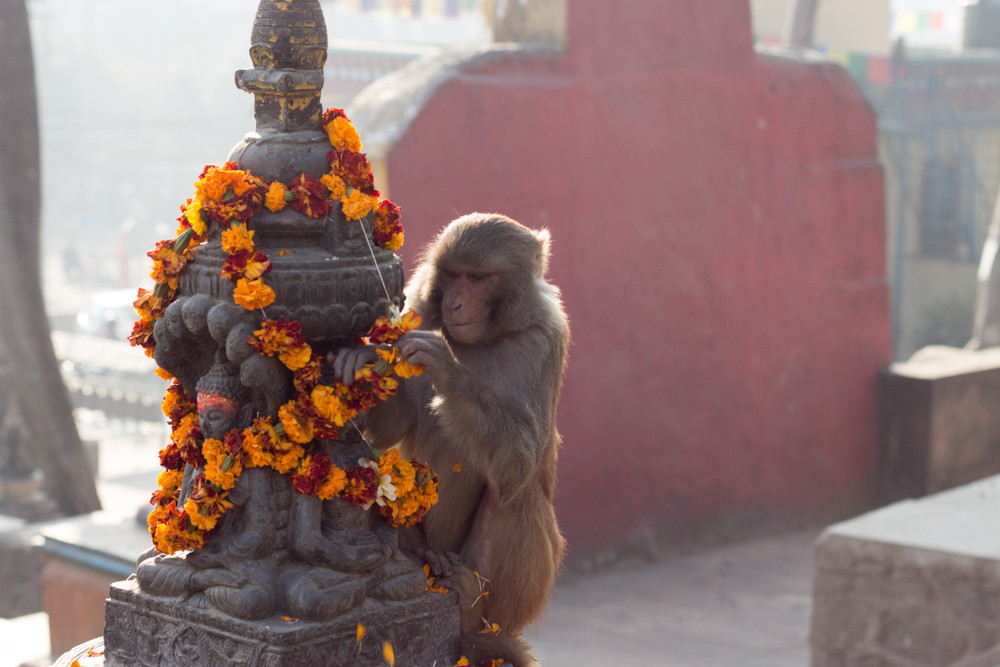

"The Valley was settled, civilised and debauched - a depthless lake levelling out to a cluster of paddy-fringed temple cities that eventually merged into a sprawling dust bowl of a metropolis. Today the Bagmati [river] has shrunk to a snail's trail of gooey sewage. Modern-day Kathmandu festers around it, three million souls crouched across 900 square kilometres, hoarding the fat of the land, awaiting the day of reckoning" - Rabi Thapa, Thamel: Dark Star of Kathmandu
In any case, we were here for just a few days and without any preperation we decided to find out what there is to do and see.
What you should not do, or at least not extensively, is exploring the city by foot. Generally that is the first thing I would do in a new place, walk around a bit, explore and maybe get lost in the process. But here this was not a sensible approach. The reasons are traffic and dust.
It seems that Kathmandu has been having an increasing ammount of traffic for a while now, but I think that especially in recent years this has become a serious issue.
The other problem is that big parts of the city are still under construction- ramifications from the 2015 earhquake. Now pair all this with the dry season (september - december) and what you will get is dust - lots and lots of it.
It's everywhere, it will coat you clothes, it will discolour your face and get in your lungs. My advice - avoid very traffic intensive streets and get a cheap dust mask (you can find those at every corner) and you're good to go.
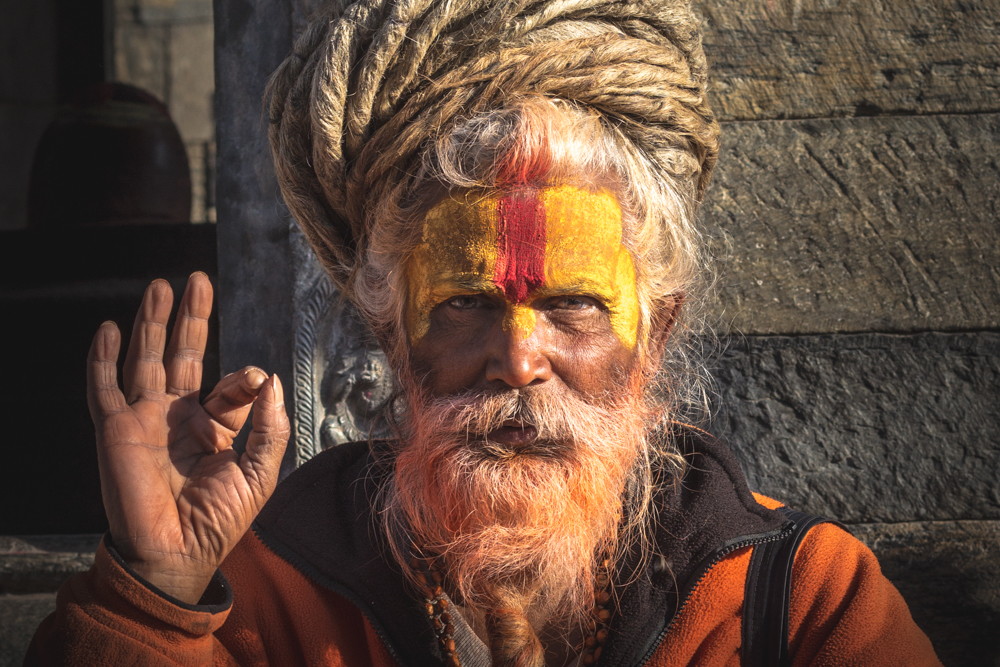
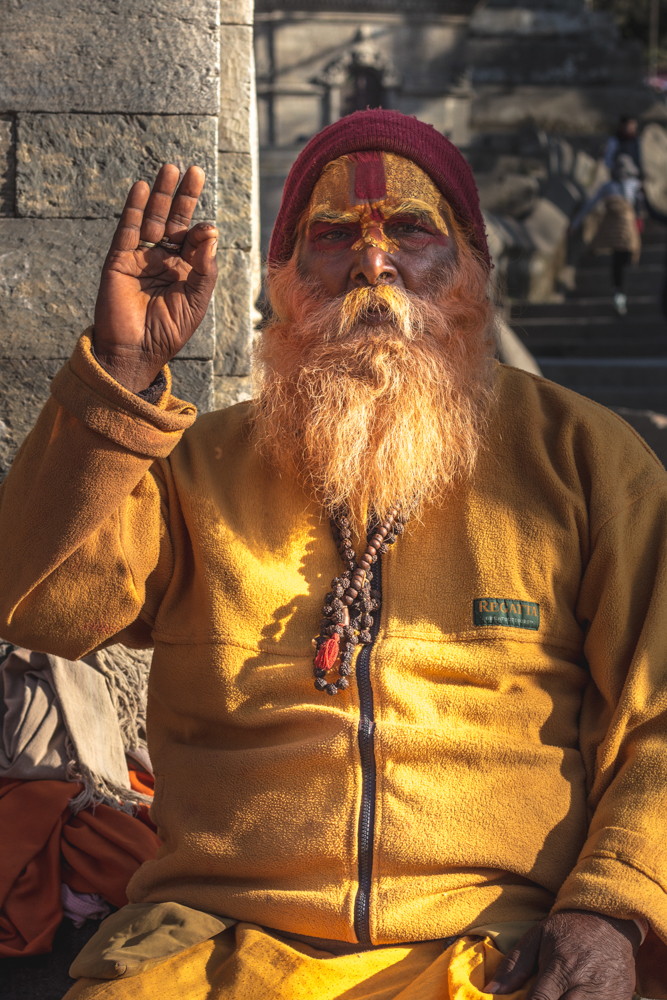
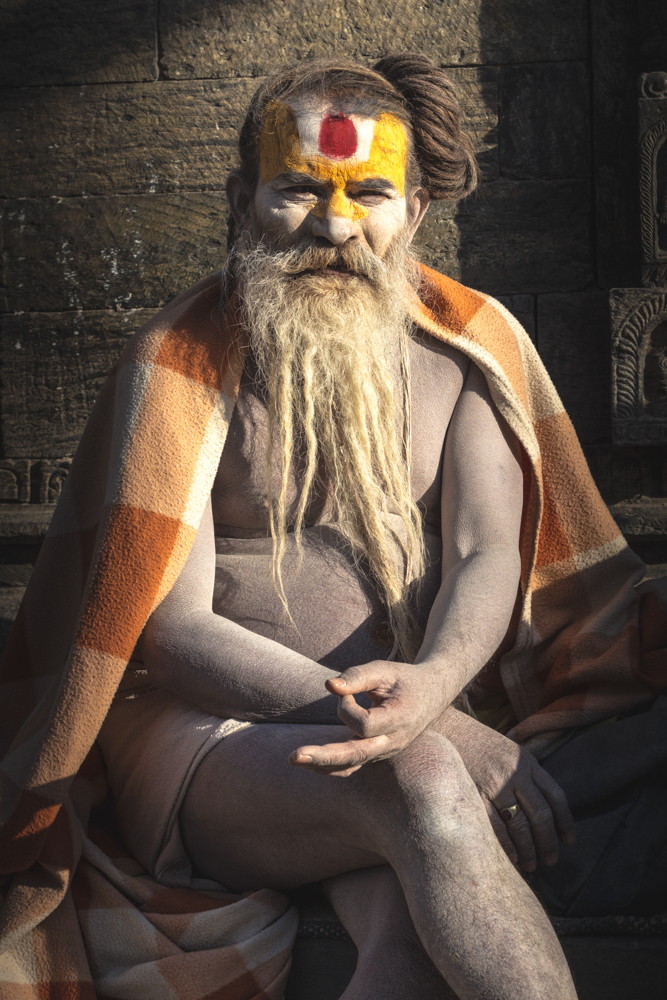
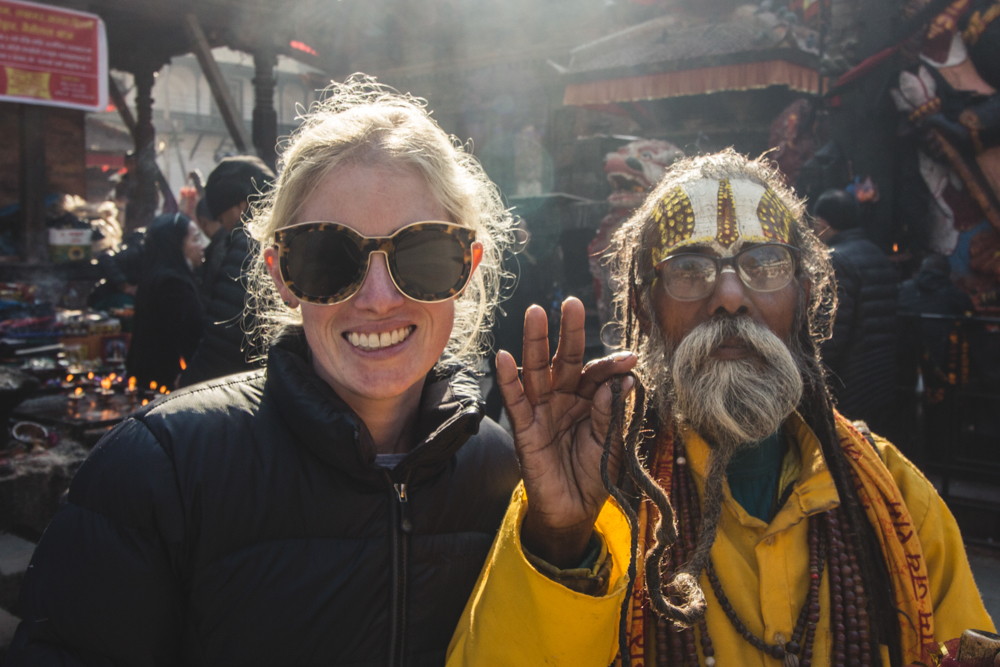
Shopping?
To my surprise Kathmandu is actually a really good place to shop, depending on what you're looking for. Naturally the outdoor gear market is quite strong here, shops are literally all over town. And it's cheap, albeit the authenticity often highly questionable.
Nevertheless, if you have some time on your hands you can find very cheap gear in quite decent quality. Just maybe reconsider on the down jackets - cheap down is almost a certitude for animal cruelty.
Apart from that there are of course more native things to look out for. Cashmere and Pashmina for instance are quite big here. The famous Kukri millitary knifes, with their distinctive curvature are also a product of Nepal.
And then you also got the usual suspects, bowls, figurines and all kind of knick knacks and dust catchers.
Death is part of life
Now, looking at the cultural side of things Kathmandu can be exhilarating. If you have no experience with Hindu culture and plan to visit some of the temples, you should be aware that death does not carry a stigma, and it is a prominent and very public part of life.
This is especially true if you visit Pashupatinath Temple. Although you cannot enter the temple itself (you have to be a born Hindu for that), you can walk around to the Bagmate river, where you can witness tranditional Hindu cremations first hand.
The fact that there are spectators sitting on the slopes decending to the river shores and that all of this is open to the public can be quite daunting.
In Hindu tradition the body of a deceased family member needs to be cremated at the river, ideally on the same day and by the familiy. So there is a constant stream of abulances, hearses and processions bringing in the recently deceased or people on their deathbeds. There is no privacy. As a Westerner it is impossible to not feel like intruding in a very intimate part of peoples lives.

